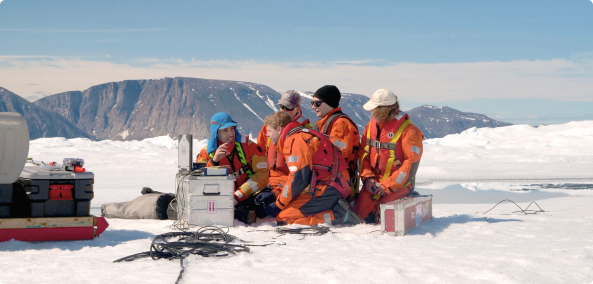As Denmark prepares to take the Arctic Council chairmanship in 2025, the Arctic Futures Symposium will bring together key policymakers, Indigenous representatives, scientists, and industry leaders to discuss the region’s geopolitical, environmental, and societal challenges.
Denmark assumes the Arctic Council chair in 2025 amid growing geopolitical pressures, territorial disputes, and climate challenges. The Arctic Futures Symposium will serve as a vital platform for dialogue, offering a space for experts, Indigenous communities, and national policymakers to explore sustainable development, societal security, and the rights of Arctic peoples. The event highlights Denmark’s role in shaping collaborative solutions and advancing knowledge in this strategically critical region.
Read the full article on The Copenhagen Post!



